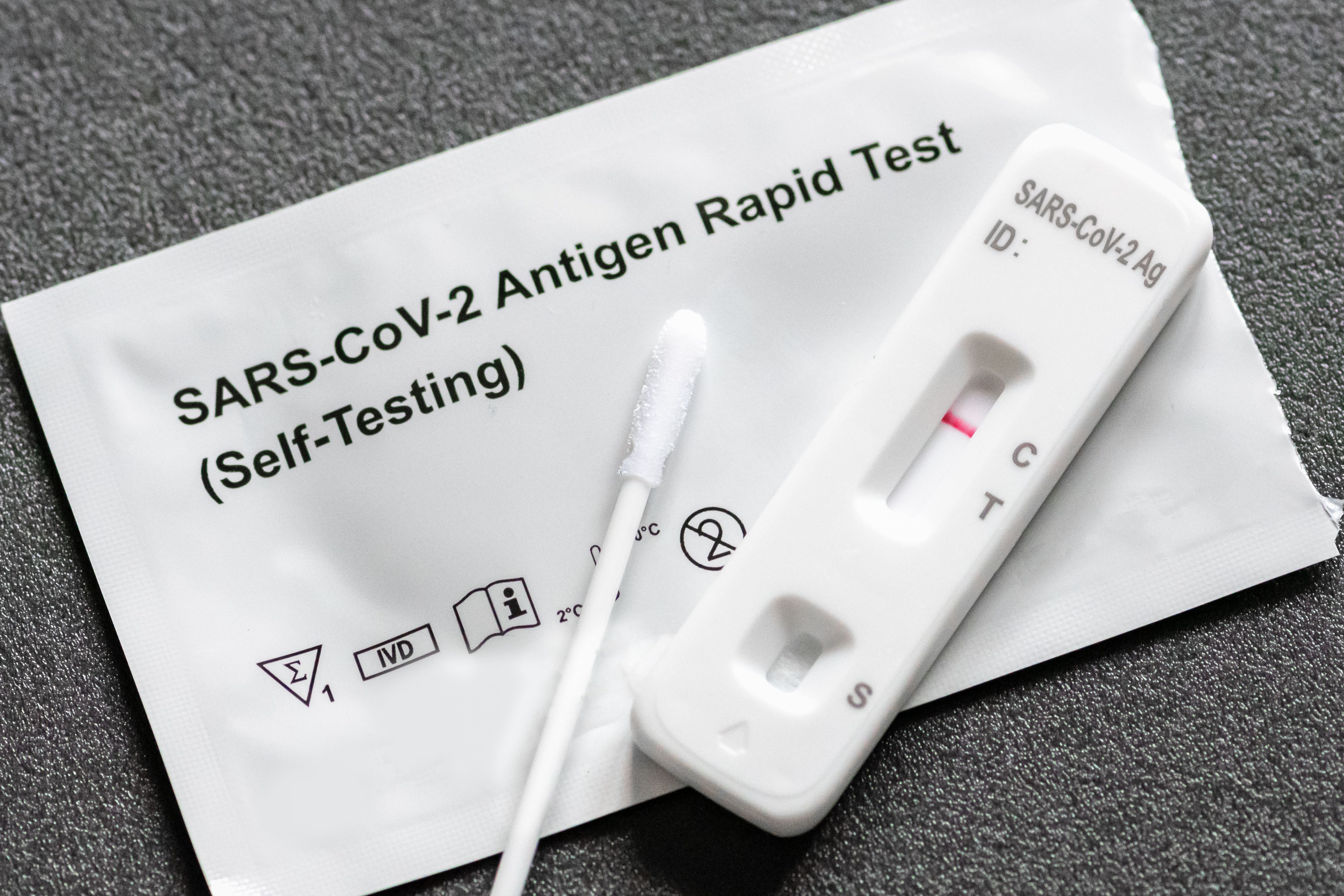Comparing the Accuracy of COVID-19 Tests During Omicron
The overall sensitivity of rapid antigen tests was 63%. However, the tests had a limited ability to detect asymptomatic Omicron infections.

Early diagnosis of COVID-19 is essential to prevent further infections and the degradation to severe disease. Reverse transcriptase-polymerase chain reaction (RT-PCR) tests are the standard COVID-19 diagnostic, but the relatively long turnaround time for the lab assay may hinder timely quarantine and containment of the virus.
Rapid antigen tests (RATs) have recently become more prevalent, and can be performed by individuals from the safety of their own homes. However, the rise of the highly infectious and evasive Omicron and its subvariants have called into question the accuracy of RATs.
One study, published in JAMA, evaluated the comparative abilities of RT-PCR and RATs to detect the Omicron variant. The study population included Stanford University student athletes, all of whom had no history of COVID-19 infection in the last 90 days. The students were between 17-23 years of age and 52.0% female. Approximately 98% of all students had received 2 doses of the Pfizer-BioNTech or Moderna COVID-19 vaccines, or 1 dose of Johnson & Johnson.
The students all self-administered a RAT between January 1-11, 2022. The symptomatic students with a positive RAT were isolated without a confirmatory RT-PCR test. The students who were asymptomatic with a positive RAT received subsequent RT-PCR testing.
The investigators performed statistical analysis with Prism version 9.0 to visualize the data, and Mann-Whitney U tests for median cycle threshold value comparison.
Of the 723 students included in the study, 46 (6.4%) had a positive RAT, of whom 35 (76.1%) were symptomatic. A total of 12 of the 35 symptomatic participants receives a positive RT-PCR result within 24 hours, while the remaining 23 students were assumed to be positive.
The study also examined COVID-19 infections missed by the RATs; 27 participants had a negative RAT followed by a positive RT-PCR, meaning there were 73 diagnosed COVID-19 cases in the cohort, for an infection rate of 10.1%.
The overall sensitivity of the rapid antigen tests was determined to be 63.0%, with a specificity of 99.8%. The RATs were overall very specific, with only 1 false positive in the cohort. This suggests that a positive RAT is reliable and does not require RT-PCR confirmation. Among the symptomatic participants, RATs had a sensitivity of 77.8%, but this dropped to 39.2% in asymptomatic patients.
The better performance of RATs in symptomatic individuals is believed to be due to the difference in cycle threshold values, which have been shown to correlate to RAT sensitivity in lab and clinical studies. The 23 students who tested positive with both the RAT and RT-PCR had lower cycle thresholds, averaging 24.6. The 27 students who were RAT-negative and PCR-positive had an average cycle threshold of 35.0. Among the RT-PCR-positive cohort, the 22 symptomatic persons had a median cycle threshold of 24.7, while the asymptomatic students averaged 33.6.
Viral sequencing determined the Omicron variant was responsible for 44 of the 46 positive cases (95.7%). The investigators concluded, “Rapid antigen testing performed similarly in the detection of the Omicron variant compared with previous variants, with high specificity but poor sensitivity, particularly among asymptomatic individuals.”
